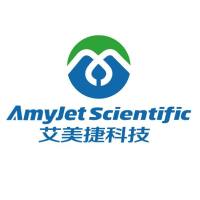Chemical and Enzymatic Release of Glycans from Glycoproteins
互联网
485
The majority of proteins are posttranslationally modified, and the most significant modification to many secreted and membrane-associated
proteins of eukaryotic cells is glycosylation, that is, the attachment of one or more oligosaccharide (glycan) chains. Glycans
may be attached to the peptide backbone through different types of linkage but they usually are subdivided into those attached
to glycoproteins primarily through an amide linkage to asparagine residues (N
-linked glycans), and those attached through an O
-glycosidic linkage to serine or threonine residues (O
-linked glycans) or where the carbohydrates form part of a glycosylphosphatidyl inositol moiety (GPI) attached to the C-terminus
of the peptide. Other types of linkage occur in certain other glycoconjugates such as the linkage to hydroxylysine residues
in collagen and β-xylose of glycosaminoglycan chains in proteoglycans to serine residues in the peptide core.






